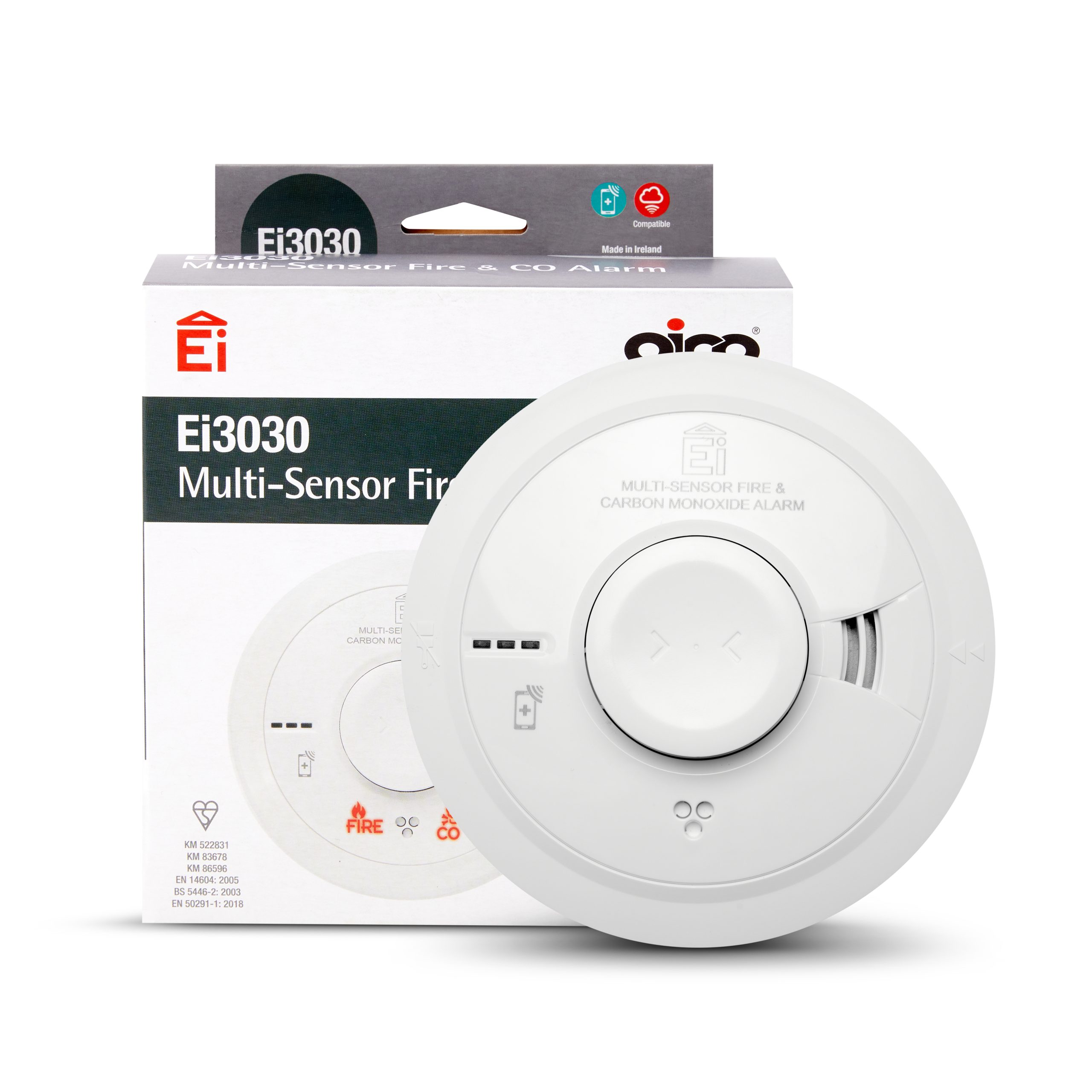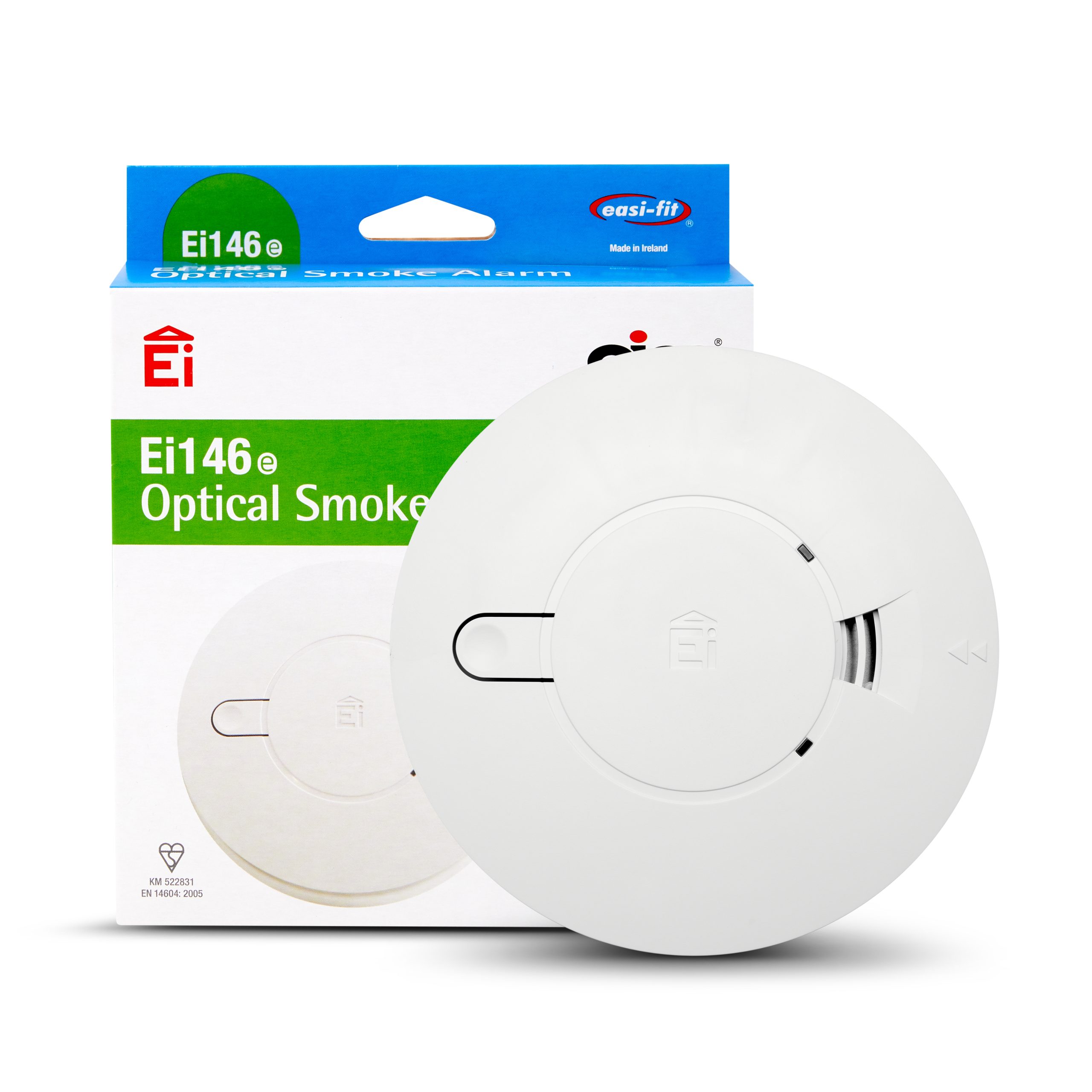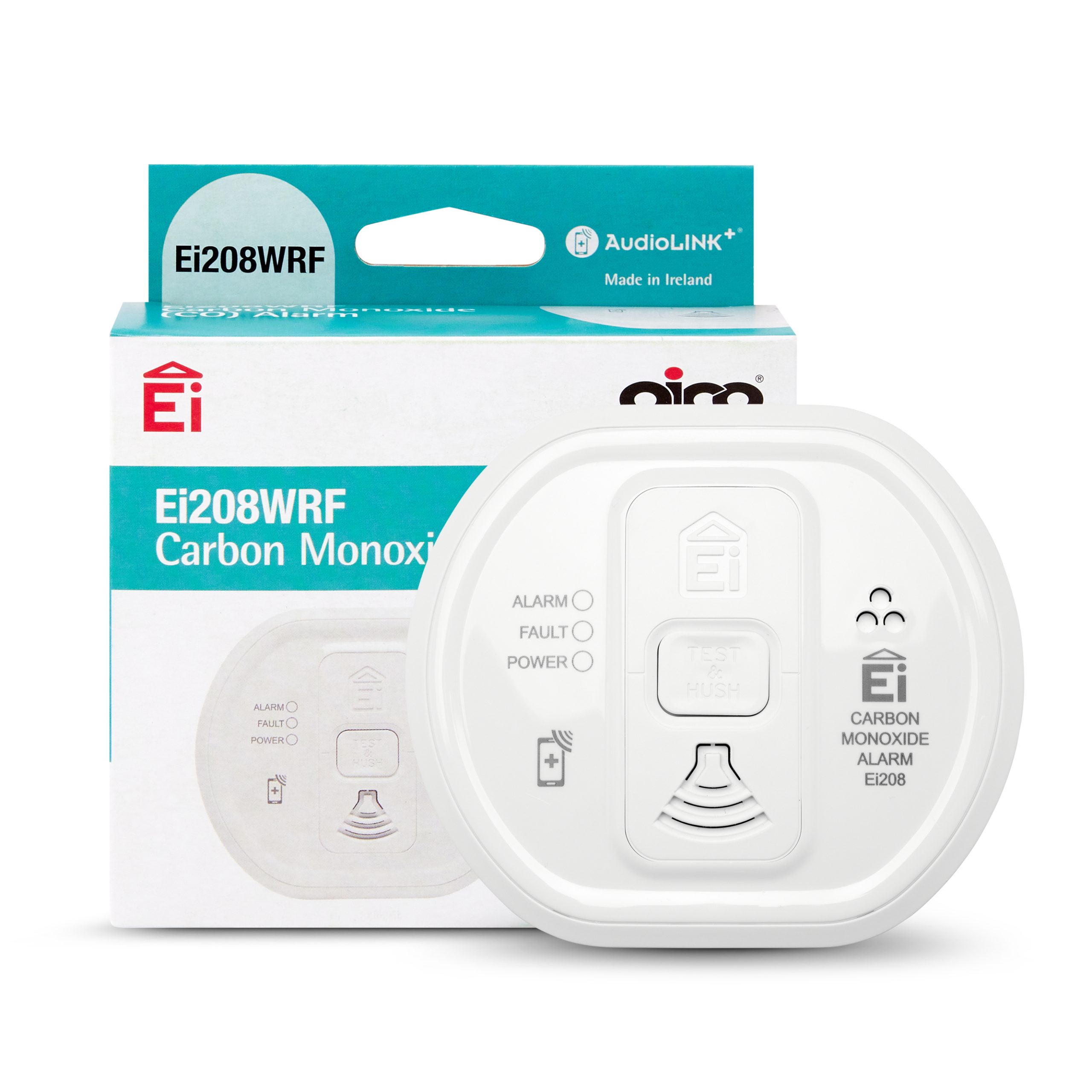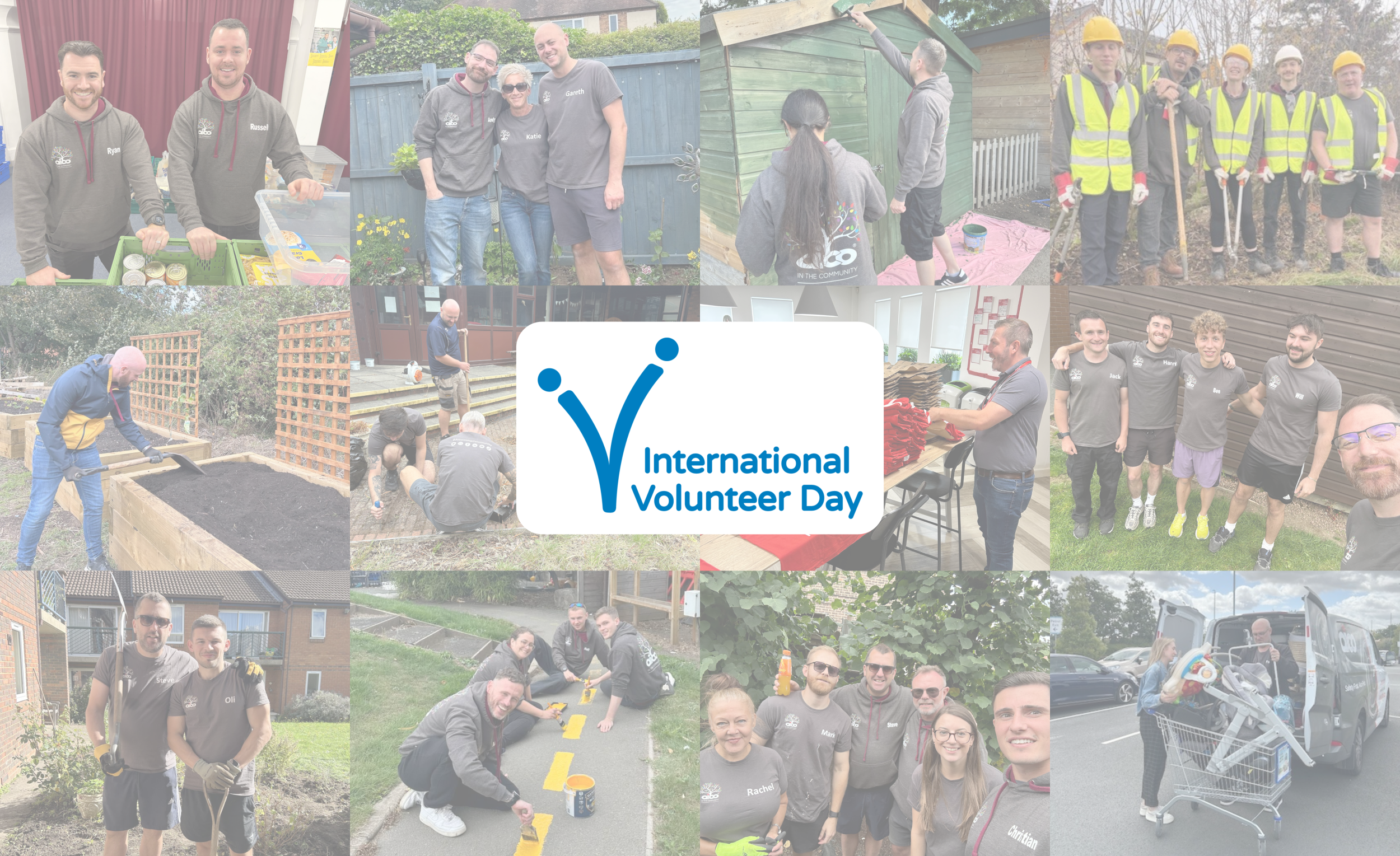Understanding Fire Safety Rules for Social Housing
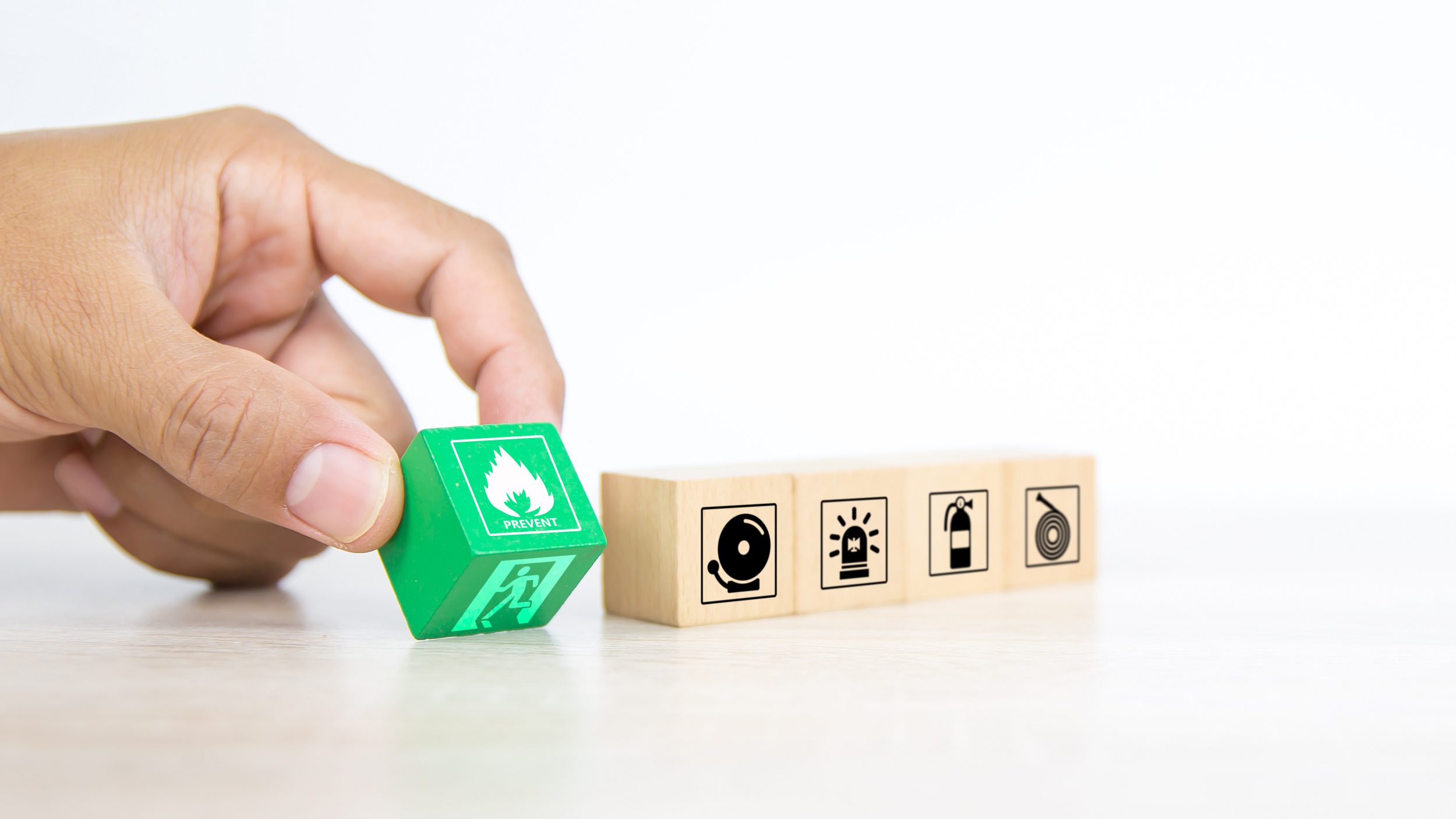
Understanding Fire Safety Rules for Social Housing
Fire safety in social housing is a top priority. There are more residents in the UK than ever, and with more homes needing to be built, social landlords must understand the latest housing fire safety regulations to better protect their residents and meet their landlord fire safety responsibilities.
Legislation surrounding fire safety has become increasingly stringent since the tragic Grenfell Tower fire in 2017, placing more responsibility on social landlords and housing providers.
This blog will cover key regulations in England, challenges, and how Aico can support housing providers with smart safety systems.
Navigating Housing Fire Safety Regulations in England
The Smoke and Carbon Monoxide Alarm (Amendment) Regulations 2022 set out the current carbon monoxide rules and fire safety required for rental properties in England. These specify at least one smoke alarm to be installed on each storey of the property, where there is a room used for living accommodation. All private and social landlords must also install a CO alarm in any room of a property that contains a fuel-burning appliance (cookers excluded). The law states no specification on what grade alarms should be installed or if they should be interlinked.
In line with British Standard BS 5839-6:2019:A1:2020 fire alarm standards, a rental property should be fitted with a Category LD2 system of Grade D1 mains-powered alarms with a tamperproof battery. In line with these recommendations, a heat alarm should be installed in every kitchen, as well as a smoke alarm in the principal habitable room and escape routes.
Document B covers the building regulations for properties in England and Wales, stating a minimum of Grade D2, Category LD3 system – meaning mains-powered alarms with an integral user-replaceable back-up power supply within the escape routes of the property (i.e hallways and landings). The regulations also require a heat alarm to be installed in any kitchen when the kitchen is not separated from an escape route by a door. According to Document B, all alarms should be interlinked.
Fire Safety Risks in Social Housing and How Landlords Can Respond
Social housing providers face a complex landscape when it comes to fire safety challenges, with risks heightened by the nature of their housing stock and tenants. Many estates consist of ageing housing stock where materials, layouts, and outdated infrastructure can increase the likelihood of fire hazards in social housing. Older buildings, especially multi-occupancy units and shared housing, often suffer from inadequate fire detection or incomplete fire alarm coverage, leaving residents at greater risk. Evacuation planning for vulnerable residents must also be carefully considered as part of any landlord’s fire safety duties.
Compliance and Safety Made Easier with Aico
Fire alarm systems in social housing often face issues, with low-battery alarms and contamination causing a nuisance for residents. For help diagnosing and resolving these common issues, see Aico’s fire alarm fault-finding guide. Digital fire safety solutions like Aico’s HomeLINK technology offer landlords a one-stop solution for asset management, helping them maintain smoke alarm compliance across large housing portfolios.
With Aico’s HomeLINK technology, landlords have access to real-time fire safety data insights. By connecting Aico’s 3000 Series fire and carbon monoxide alarms to the Ei1000G Gateway, alarm data such as power status, replacement dates, activation information, testing information and sensor faults can be viewed on the HomeLINK Portal. For social landlords monitoring larger housing portfolios, having a place to view all the information on connected fire alarm systems and their compliance can save time and costs used to visit properties, and ensure tenant safety is being prioritised.
In November 2022, SCHLOSS Roxburghe experienced a minor fire within one of its cottages. With Gateways installed in every cottage and access to the HomeLINK Portal, SCHLOSS’s team were immediately notified of the event and attended the property to minimise damage to the cottage and the impact on their guests before the situation escalated.
A cloud-based fire safety management system can also be beneficial when tackling other issues common in social housing, such as damp and mould. The Ei1025 Environmental Sensor is part of Aico’s HomeLINK offering, allowing data to be collected on temperature, humidity, and carbon dioxide levels. Such data can be used and displayed through various features, such as the Damp and Mould Insight.
The HomeLINK Case Management feature has been newly introduced to the portal and allows landlords to log cases and keep track of their progress. The platform enables landlords to take control of damp and mould through an end-to-end case management system that aligns with new regulatory requirements.
Access to recorded data from connected devices allows landlords to make proactive decisions led by data. This way, time and money spent ‘trying out’ different solutions is reduced, and landlords can focus more time on tackling true causes.
Fire Safety Best Practices for Housing Associations and Landlords
Meeting housing fire safety regulations in the UK means having a clear and proactive approach to fire safety. Whether you manage a single rental home or oversee safe social housing, it’s vital to follow a structured process that covers both prevention and response.
Fire Risk Assessments and the Fire Safety Audit Process
- Carry out a thorough fire risk assessment for each property, identifying hazards, assessing who may be at risk, and outlining controls.
- Follow a consistent fire safety audit process, ensuring reviews take place annually or when there are changes.
- Include a fire prevention checklist that covers escape routes, fire doors, electrical systems, and any high-risk areas.
Alarm Systems and Scheduled Fire System Checks
- Select alarms appropriate to the property type, from interlinked smoke alarms to panel-based systems in HMOs.
- Always ensure compliant alarm installation to British Standards (BS 5839-6:2019).
- Carry out scheduled fire system checks to confirm alarms, detectors, and emergency lighting remain functional.
Tenant Awareness and Ongoing Fire Safety Training
- Provide tenant fire safety advice at move-in and reinforce it with reminders in communal areas or digital guides. Discover Aico’s guides and publications.
- Invest in ongoing fire safety training for staff or housing officers so they can communicate effectively with tenants.
- Promote tenant fire awareness by encouraging prompt reporting of hazards and participation in safety briefings. Direct tenants to Aico’s home fire safety advice for practical tips they can follow at home.
Record Keeping and Digital Compliance Tools
- Maintain complete fire safety documentation, including servicing records, evacuation plans, and tenant communications.
- Use digital compliance tools to securely store inspection reports, servicing certificates, and evidence of landlord fire safety responsibilities being met.
- A transparent record trail demonstrates due diligence in line with landlord fire safety responsibilities and supports both insurers and regulators.
Partnering with Aico for Landlord Fire Safety Responsibilities
When it comes to delivering safe social housing, choosing the right partner is just as important as the systems you put in place. Aico has built a strong reputation in the social housing sector as a trusted provider of compliant fire and carbon monoxide detection solutions, giving landlords confidence in meeting their fire safety responsibilities.
Beyond supplying market-leading products, Aico offers ongoing support that makes a real difference. From installation advice and compliant alarm installation guidance to ongoing fire safety training, CPD-accredited events, and resources that strengthen tenant fire awareness, Aico ensures that housing providers are never working in isolation.
Whether you’re reviewing your fire safety checklist, planning a fire safety audit process, or seeking tools to streamline fire safety documentation, partnering with Aico gives you access to expertise and digital compliance tools designed for the housing sector.
👉 Explore Aico’s full product range, download best-practice guides, or request a consultation today to take the next step in your fire safety planning.

